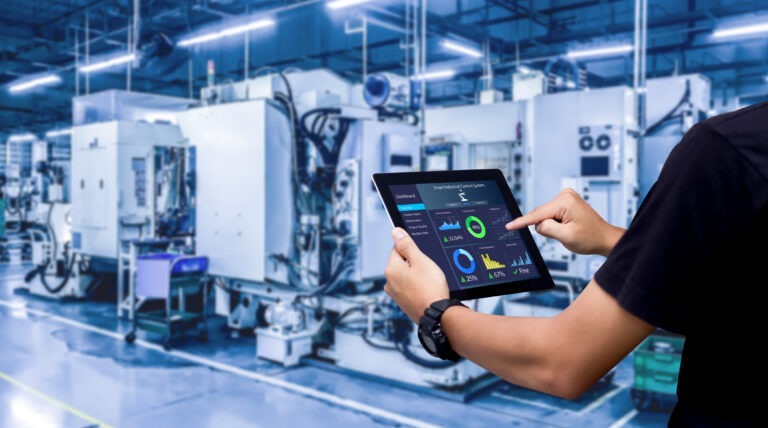Manufacturers today generate enormous amounts of data from their MES, IoT devices, production equipment, and other sources.
However, this data is only valuable if it is effectively analyzed and translated into actionable insights.
You see, many manufacturers struggle to make sense of this vast amount of information, which can result in missed opportunities for optimization and improvement.
To help combat this confusion, industry resources like Manufacturing KnowHow and its 6-step process towards digitally transforming any manufacturing facility is a wonderful way for today’s manufacturers to gain a better understanding of confusing system analytics, build a plan of attack, and then turn this raw data into valuable insights.
Once underway, advanced analytics tools, including machine learning (ML) and artificial intelligence (AI), can process large volumes of data in real time, to help identify trends, patterns, and anomalies that might otherwise go unnoticed.
Predictive analytics, for instance, can forecast demand fluctuations, identify equipment failure risks, and optimize production scheduling, all of which help manufacturers make better-informed decisions.
Data-driven insights also enable continuous improvement initiatives.
Manufacturers can track key performance indicators (KPIs) such as production yield, cycle times, and equipment efficiency to identify areas for improvement.
With these insights, manufacturers can fine-tune their processes, reduce waste, improve quality control, and ultimately drive cost savings.
Moreover, with advanced analytics, manufacturers can improve supply chain management by better predicting demand, optimizing inventory levels, and reducing lead times.
By having a clear understanding of production capacity, inventory, and supplier performance while tackling this undertaking with a clear understanding and plan of attack, manufacturers can better align their production plans with market demand, avoiding overproduction or stockouts.










